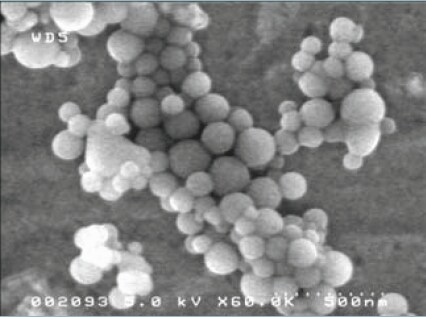Nanomaterials for Biomedical Applications
Dendrimers are a class of nano-sized materials that are used to develop life-saving technologies. Single-wall carbon nanotubes are used to make miniaturized sensors for DNA, pathogens, and chemicals – for example glucose sensors. Multi-wall nanotubes, nanoclays, and ceramic nanoparticles are incorporated in ultra-strong polymer nanocomposites that will be used in orthopedic, for example joint-replacement, applications. Nanoparticles can also be used to make nano-textured substrates to support attachment and growth of cells for tissue engineering. Hydroxyapatite nanopowders (Product No. 677418), incorporated in biodegradable polymer composites1 or deposited on biocompatible substrates2, have been shown to promote adhesion and proliferation of bone-forming (osteoblast) cells. We are looking forward to offering new nanomaterials tools to accelerate research in biotechnology and medicine.
- Molecular Formula [Ca5(OH)(PO4)3]x
- Average Particle Size 150 – 200 nm
- Surface Area > 9.4 m2/g
- Available in 5 g pack size
Materials
References
To continue reading please sign in or create an account.
Don't Have An Account?